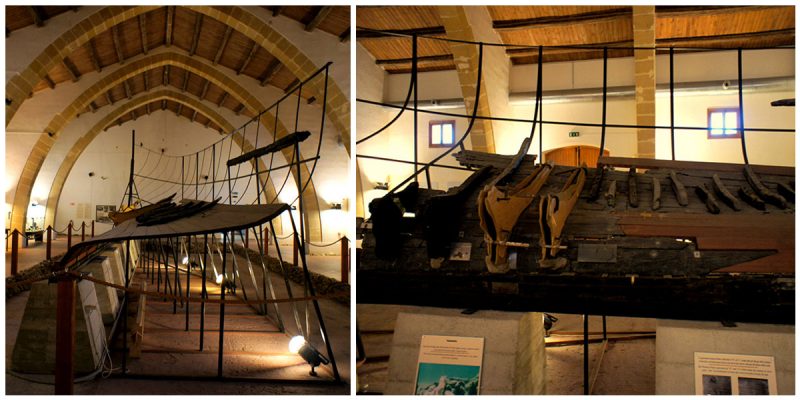The Marsala Ship was discovered in an area called Punta Scario in the harbor of Marsala in western Sicily, Italy, near the Aegadian Islands. It was in 1969 that a captain of a commercial dredge digging sand for making glass discovered buried wood from ancient vessels in the area. Two years later the movement of a sandbank exposed the “Punic Ship’s” stern post with projecting timber. This endangered the shipwreck, threatening the loss of the potential historical value of the information it revealed about the Phoenicians. Rescue excavation began in earnest and continued for the next four years. Photos by Sarah Murray/Flickr/CC BY-SA 2.0
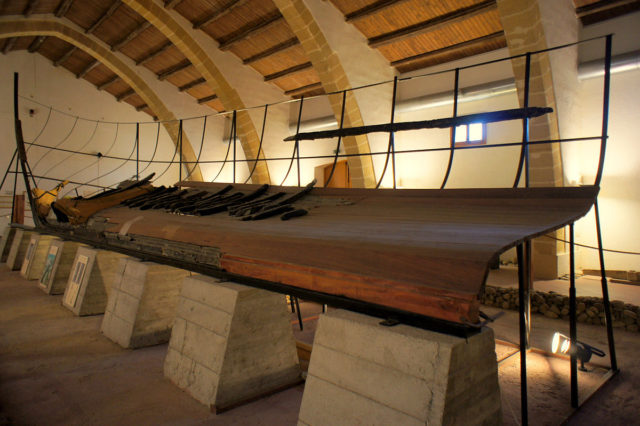
The recovery of the wooden remains and their subsequent conservation and study were carried out by a British archaeological team led by Miss Honor Frost, with the assistance of several international institutions. Progress reports were published yearly in the International Journal of Nautical Archaeology (London and New York). When the field-work ended, a comprehensive report was published by the ‘Accademia Nazionale dei Lincei (Rome) as a Supplement to Notizie degli Scavi di Antichità, XXX (1976).
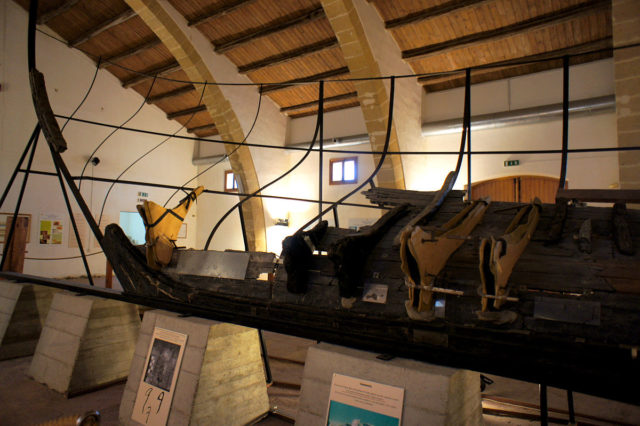
The long, narrow proportions of the hull and a band of deflectors strakes, which break the smoothness at the waterline, have led experts to identify this ship as a war galley. It is believed to have been one of the Liburnian “long-ships”, an oared vessel with 17 sweeps per side used by ancient Carthage in the Battle of the Aegates Islands (241 BC). This was the last battle of the First Punic War between Carthage and the Roman Republic. Carbon-14 tests on timbers and other materials determined a date of 235 BC.

Thanks to the letters of the Phoenician-Punic alphabet carved and painted on the planking (as well as other marks and guidelines, both painted and incised), experts have been able to understand the Phoenician workers’ fast technique of naval construction, described by Classical writers such as Polybius and Pliny.
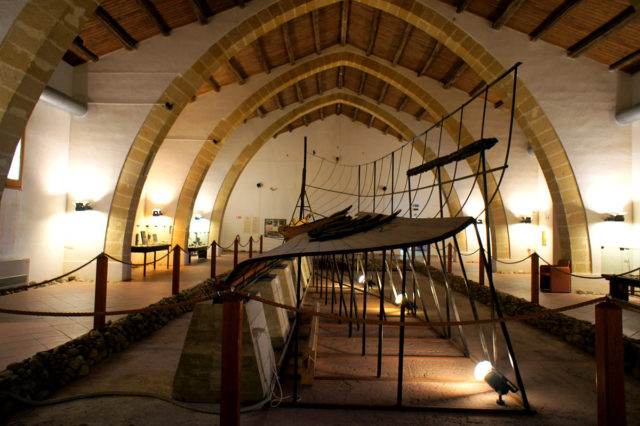
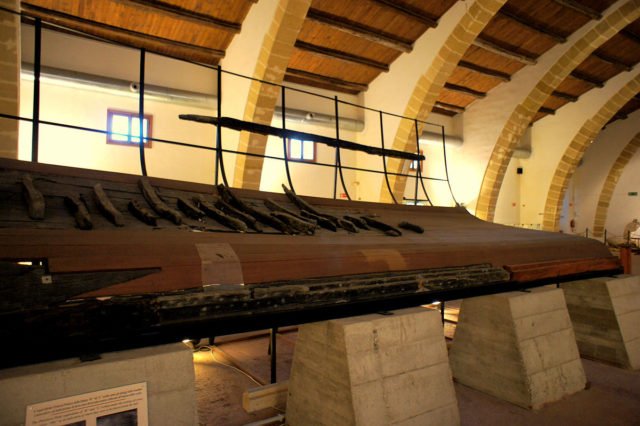
The remains of the ship are now in the Baglio Anselmi Archaeological Museum located on the Capo Boeo waterfront on the ancient archaeological site of Lilybeo. This museum was founded not only to preserve and exhibit the wreck of the Punic ship, which was found in 1971 in the sea surrounding Isola Lunga, but since 1986 it has also exhibited all the material from archaeological excavations conducted in the area. Some extremely rare finds amongst the shipwreck were a plaited basket, a piece of rope fashioned into a simple eye splice, a little brush, a knife blade, a spade, and a couple of toggles. Also found were parts of a human skeleton, possibly of a Carthaginian sailor trapped by the ship’s ballast.
